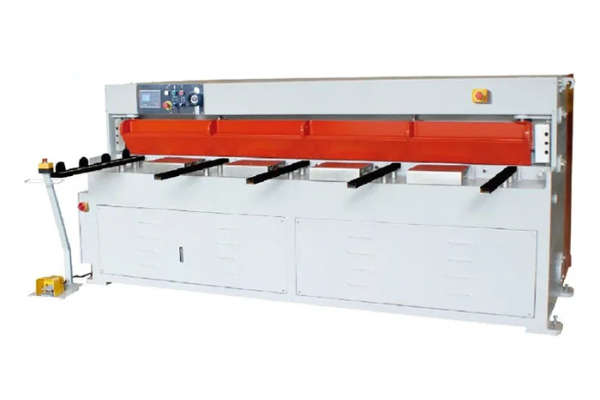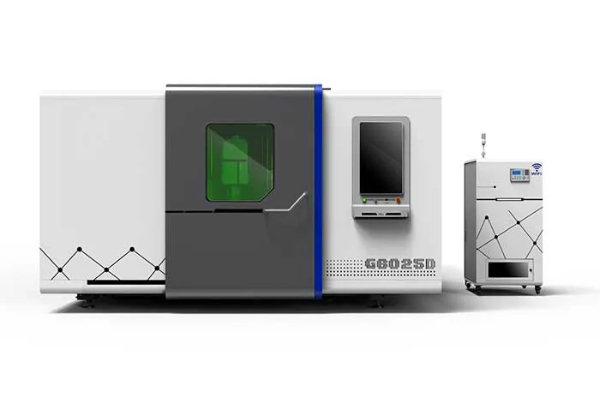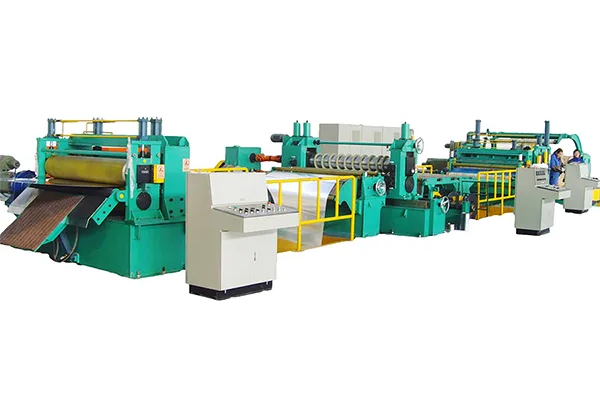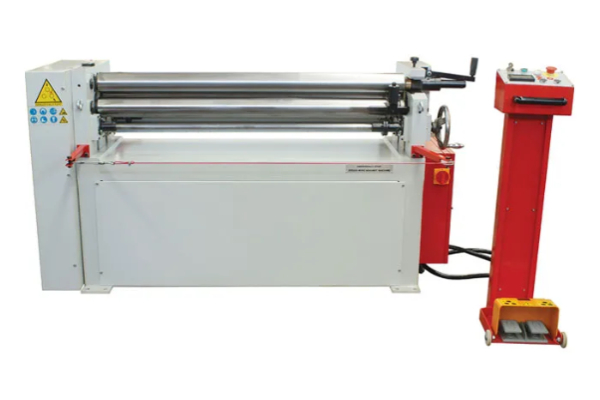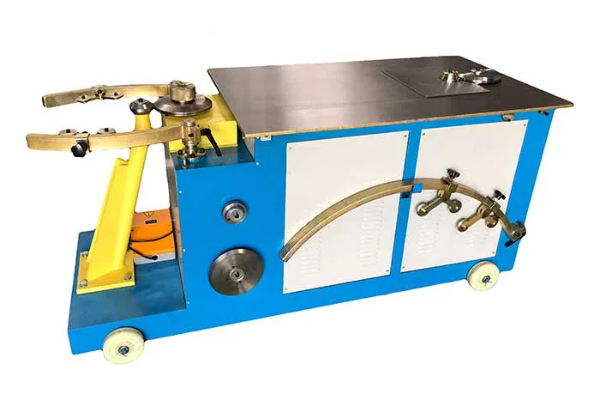
Troubleshooting Tips for Common Issues with Duct Bending Machines
- By:Metmac
- 2024-07-24
- 172
Duct bending machines are essential equipment for any HVAC or sheet metal fabrication shop. However, even the best-maintained machines can experience occasional problems. When this happens, it can be frustrating and costly to get your equipment back up and running.
This article provides troubleshooting tips for some of the most common problems with duct bending machines. By following these tips, you can often diagnose and fix the problem yourself, saving you time and money.
Common Troubleshooting Tips
1. Machine not bending the duct correctly
Check the duct material. Make sure that the duct material is compatible with your bending machine. Some materials, such as aluminum, require special tooling or techniques to bend correctly.
Inspect the bending dies. The bending dies may be worn or damaged, which can affect the quality of the bend. Replace the dies if they are damaged or worn.
Adjust the bend radius. The bend radius is the distance between the center of the bend and the outside edge of the duct. If the bend radius is not set correctly, the duct may not bend properly.
Check the machine’s hydraulic pressure. The hydraulic pressure may be too low or too high, which can affect the machine’s ability to bend the duct. Adjust the hydraulic pressure according to the manufacturer’s specifications.
2. Machine is making a noise
Check the hydraulic fluid level. The hydraulic fluid level may be low, which can cause the machine to make a noise. Fill the hydraulic fluid reservoir to the proper level.
Inspect the hydraulic hoses and fittings. The hydraulic hoses and fittings may be loose or damaged, which can cause the machine to make a noise. Tighten or replace the hoses and fittings as necessary.
Check the motor. The motor may be overheating, which can cause the machine to make a noise. Turn off the machine and allow the motor to cool down. If the motor continues to overheat, it may need to be replaced.
3. Machine is leaking fluid
Inspect the hydraulic hoses and fittings. The hydraulic hoses and fittings may be loose or damaged, which can cause the machine to leak fluid. Tighten or replace the hoses and fittings as necessary.
Inspect the hydraulic reservoir. The hydraulic reservoir may be cracked or damaged, which can cause the machine to leak fluid. Replace the hydraulic reservoir if it is damaged.
Check the seals. The seals on the hydraulic components may be worn or damaged, which can cause the machine to leak fluid. Replace the seals as necessary.
-
Advanced Sheet Metal Rolling, Cutting, and Folding Machines for Efficient Fabrication
2025/10/22 -
High-Precision Sheet Metal Bending and Cutting Solutions for Modern Manufacturing
2025/10/22 -
High-Precision Solutions from Leading Sheet Metal Cutting Machine Manufacturers
2025/09/11 -
Reliable Sheet Metal Equipment for Sale to Support Precision Fabrication
2025/07/17
-
Advanced Sheet Metal Rolling, Laser Cutting, and Folding Machines for Precision Fabrication
2025/10/31 -
High-Performance Sheet Metal Bending and Cutting Machines for Modern Fabrication
2025/10/31 -
High-Quality Sheet Metal Equipment for Sale: Efficient Solutions for Modern Manufacturing
2025/10/31 -
High-Performance Sheet Metal Equipment for Sale: Forming and Shearing Solutions for Modern Fabrication
2025/10/22
-
Integrating Automation with Rectangular Duct Machines for Enhanced Productivity
2024/05/11 -
Metal Shear Machines- Essential Tools for Precision Metal Cutting
2024/05/11 -
Understanding the Role and Function of Steel Strip Slitting Machines
2024/05/11 -
Maintenance Tips for Longevity of HVAC Duct Machines
2024/05/11
-
A Guide to the Latest Innovations in Sheet Metal Folding Machines
2024/11/29 -
Key Features to Consider When Investing in a Sheet Metal Folding Machine
2024/11/28 -
Enhancing Precision with Advanced Sheet Metal Folding Machines
2024/11/27 -
How to Choose the Right Sheet Metal Folding Machine for Your Workshop
2024/11/26

